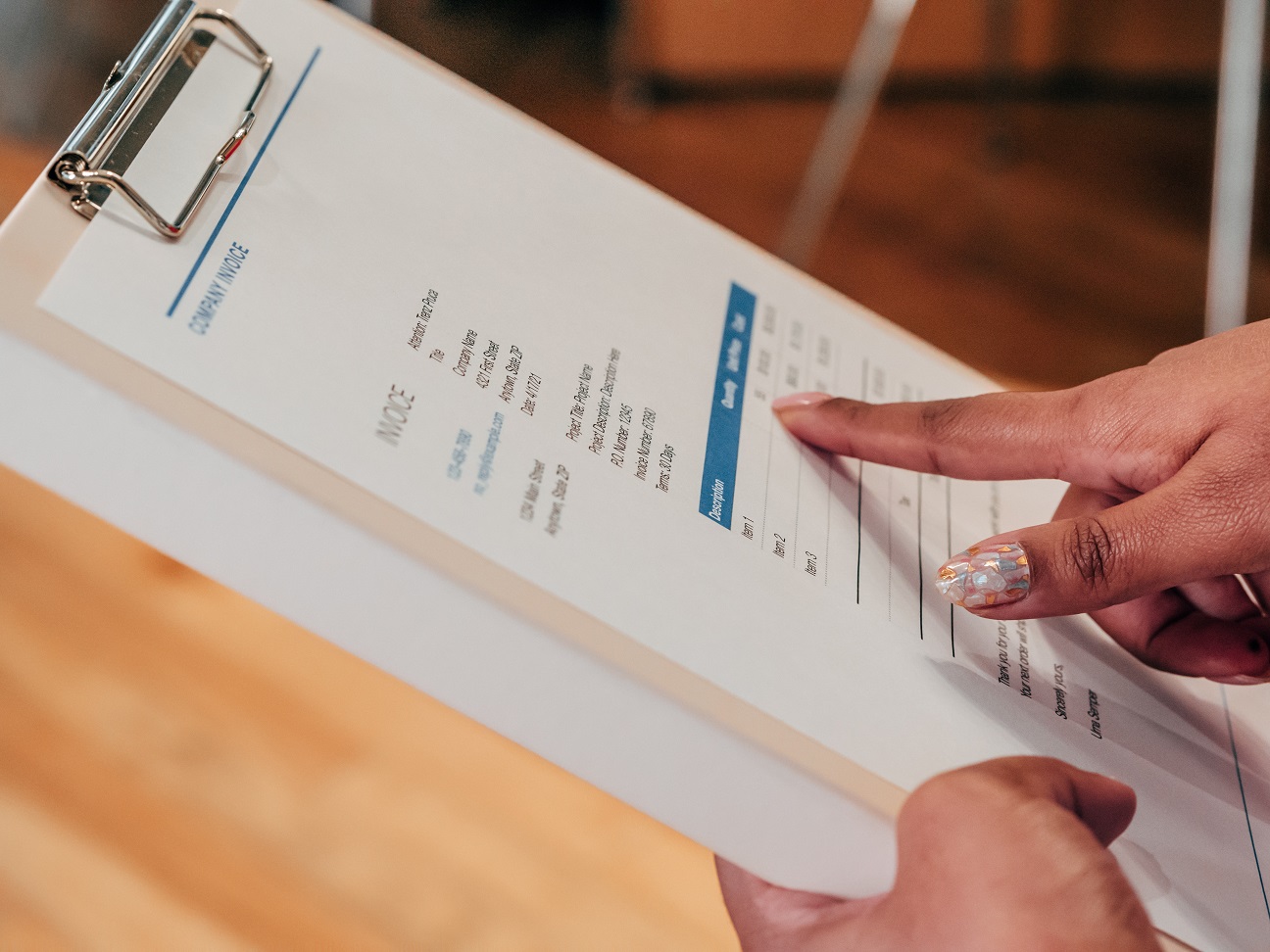Staying on top of receivables is a never-ending challenge for businesses, even in the best of times. But during periods of economic slowdown, maintaining a healthy cash flow becomes exponentially more difficult. Cash flow is a company’s life blood, – its most precious resource – and it can be disastrous when it begins to dry up.
Economists are still debating whether the United States has officially sunk into a recession, but the absence of a consensus from economists shouldn’t deter companies from preparing and bracing for the worst. Regardless of whether you call it a recession, one thing is clear: the economy has weakened considerably.
Receivables often comprise a significant percentage of a company’s assets, so it is wise to give them some extra attention in a slow economy. Past due invoices are more common during a recession as customers try to balance their debt responsibilities. Your customers may slow down their purchasing activity to conserve cash, which can leave you with a shortfall of funds needed to cover your own company’s expenses.
It’s tempting to be lax with receivables when the economy is expanding, with payment time frames stretching longer. Net 30 can turn into net 45 or even slide into net 60 and 90. And if your customers don’t get any pushback from vendors, late payments are tacitly encouraged.
Keeping Current
Unlike fine wines, receivables do not get better with age. As time elapses, it can cause customers to lose their motivation to pay. When the products they purchased are gone and the services they bought have been used, the importance of paying your invoice slips lower on the priority list.
Slowing payments can sneak up on you if you don’t have a solid plan to collect receivables. While it can serve a company’s greater goals to show compassion for accounts having temporary difficulties because of a circumstance such as a natural disaster, amid a widespread national slowdown it is vital to stay focused on the bottom line. If you neglect your receivables, your business won’t survive, and that won’t do you or your customers any good. The easiest step you can take is to follow up with customers as soon as invoices go past due. A friendly telephone call or email can go a long way towards prompting the client to put your invoice on the top of the pile, or even just to confirm that the invoice was received and is scheduled for payment. Consider adding late penalties to encourage prompt payments, or you could offer a small early payment discount, such as 2 or 3% for customers who pay in 10 days or less.
Use Your Aging Receivables Report
The best tool you can use to you keep current is your aging receivables report. If you’re using an accounting package such as QuickBooks or FreshBooks for invoicing, it will automatically create an aging receivables report showing invoices categorized by how far past due they are – usually 30, 60, 90 and 90+ days.
An aging receivables report allows fast visualization of data so you can quickly plan your customer outreach strategy each week to ensure overdue invoices get paid.
Extend Credit Wisely
Creating a healthy receivables strategy starts with who you extend credit to in the first place. While it may be tempting to extend terms to attract new customers, don’t skip the due diligence process. Not all companies are a good credit risk, and you can’t know if they are until you start checking them out. Some large, seemingly well-established companies can be riddled with risk, while other small, little-known companies can have excellent payment records.
Before extending credit terms, ask your customers to fill out a credit application, or to submit a credit sheet if they have one. A pre-written customer credit sheet lists all the pertinent information, such as owners’ names, bank accounts, and a list of vendors for references. Call all the references to see if your customer has been paying them on time. Consider joining a credit group that shares payment information on customers in your industry. These organizations can be a powerful tool in preventing bad debt. The organization’s members are vendors just like you who supply the same customers with similar products and services. This information can be much more relevant than what’s shown in general credit reports. Customers might still be keeping up with their utility bills and rent, for example, but not paying their other vendors.
Watch for Red Flags
Keeping an eye on your customer’s financial health doesn’t stop there. For example, before making a shipment that is bigger than normal for a particular customer, it might be worth taking a closer look. Is there a reason they suddenly increased their order? Have they simply made more of a commitment recently to your products or services? Or have they burned out their goodwill with other companies, so now they are coming to you?
You should also take note if a customer’s payment habits have changed over time. Have they slowed down recently? Did they bounce any checks? Were their credit cards declined?
Consider having a wide range of payment methods available for customers to submit funds, such as accepting major credit cards, electronic transfers using services such as Zelle, PayPal, or Venmo, or even old-fashioned paper checks. (Some large companies still won’t use electronic transfer methods because of security concerns, so while it’s a less convenient and slower method, it might still be necessary to accept checks sometimes). While you might prefer to funnel all payments using your preferred method, making it as painless as possible for customers to pay will keep funds flowing into your company.
If getting paid when promised is starting to seem unlikely and the timeline starts to drag on, offer to set the customer up on a payment plan. Have them submit smaller portions of the invoice on a set schedule. Make a written plan showing how much they will pay, the timeline of the payments, and the interest rate. Your efforts shouldn’t stop there. A customer who ends up on a payment plan might also need some prodding to make those payments on time. Schedule follow-up calls as soon as the payment is late so they know you haven’t forgotten about it.
Stay Cool
Even if you have every right to feel frustrated, being angry with your customer isn’t likely to get you paid any faster. Try to remain cool and collected even when the customer is pushing your patience to its limits. If you finally have your fill of their antics, you can pass the invoices off to an outside collector, which can add an extra layer of persuasion. You will have to pay the collector a percentage of the funds they collect, and that can be substantial, even as high as half for small invoices.
When selecting a collection agency to work with, there are many factors to consider. Do they have experience working in your industry? If so, it is possible that this can improve their success rate. Try asking your friendly competitors which collectors they recommend.
Choose an agency that fits with your business values. Find out what tactics they use to collect. You might want to retain the customer and work with them again, even on a prepaid basis, and a collection agency that behaves badly with your customer might drive them away and harm your company’s reputation. Check to see if they are licensed. Some states require collection agencies to be licensed, while others do not. And ask to see proof of insurance. If they are overly aggressive with a customer, it is possible that both your company and the agency can get sued.
Factor Financing
If your company is in dire need of cash immediately, you might offer your accounts receivables to a factoring company. The invoices are used as collateral to free up cash flow. For example, the factor might give your business 80% of the invoice up front, then when the invoice is collected, the business owner receives the remainder minus the factor’s fee.
There are some attractive advantages of working with a factoring company. It quickly improves cash flow and it’s easier than getting a business loan, so even small businesses can participate. If you are in a high-growth stage that requires capital, you can easily scale your reliance on factors. It’s also flexible, and you can use factors on a short- or long-term basis.
There are admittedly some disadvantages. Factors are more expensive than traditional lines of credit, costing 1 to 4% or even more (depending on the customer) for 30 days. But if you need cash before your invoices are paid, this can carry you through a rough patch. The factor might contact your clients to tell them they are managing your invoices, particularly if the customer’s payments are late. It is possible this could negatively affect your business reputation. And you are ultimately responsible for any bad debt or defaults that occur, not the factor. At the end of the day, earmarking time to manage your receivables carefully and strategically is well worth the effort. When you look down your aging report and see all the balances sitting in the ‘current’ column, you’ll be glad you did.




